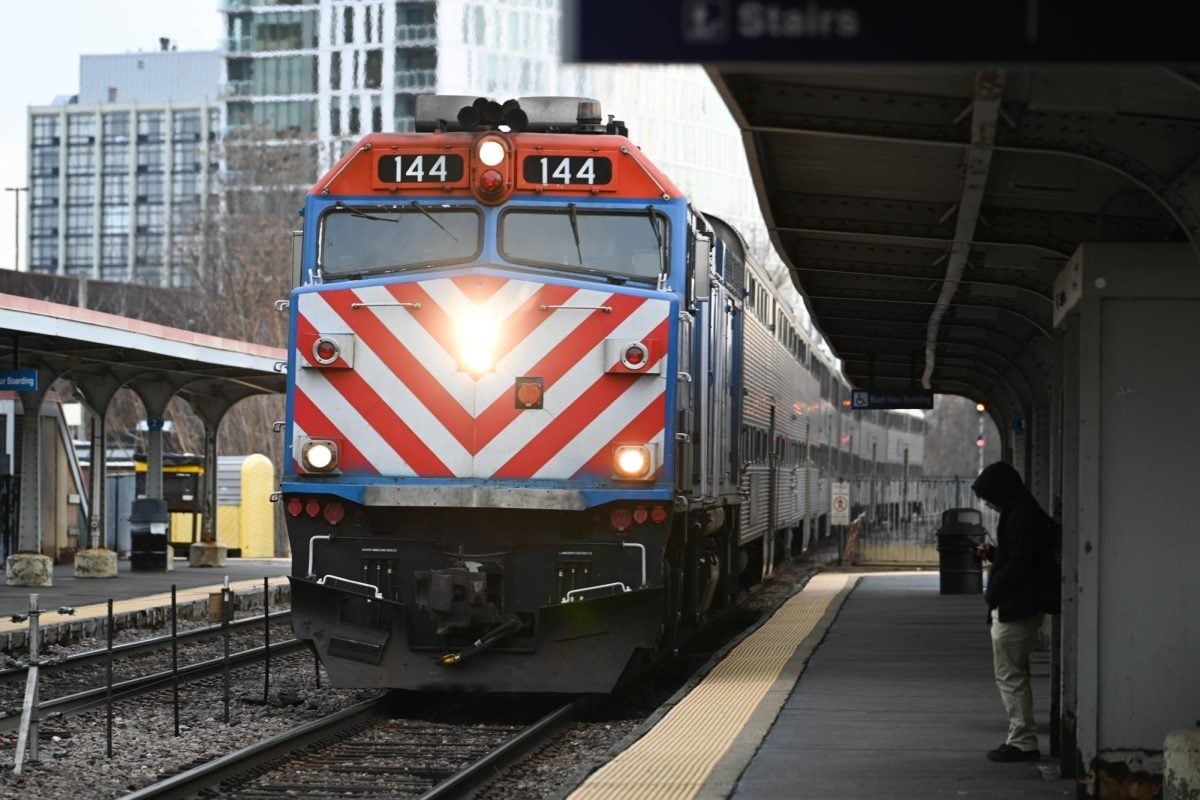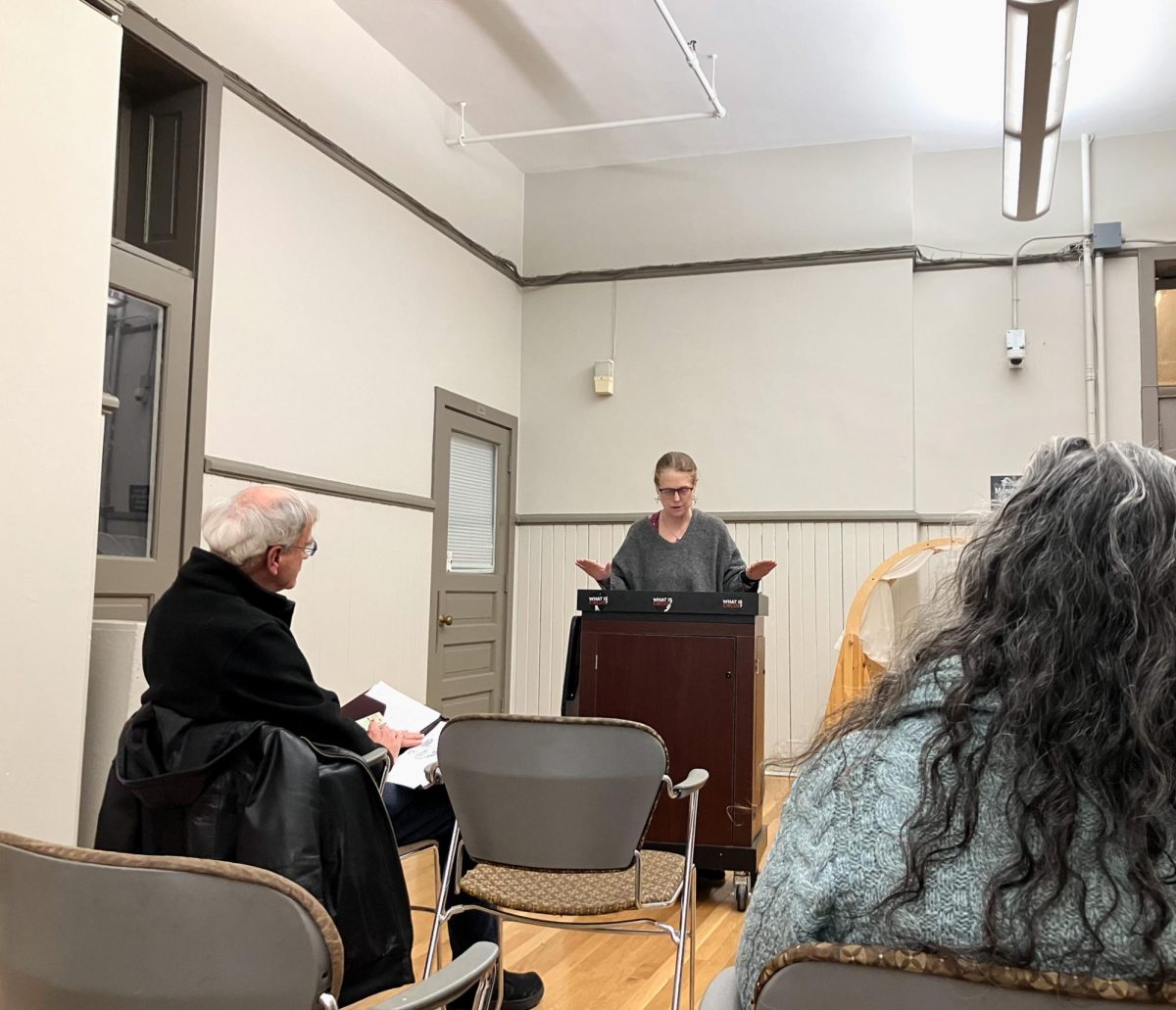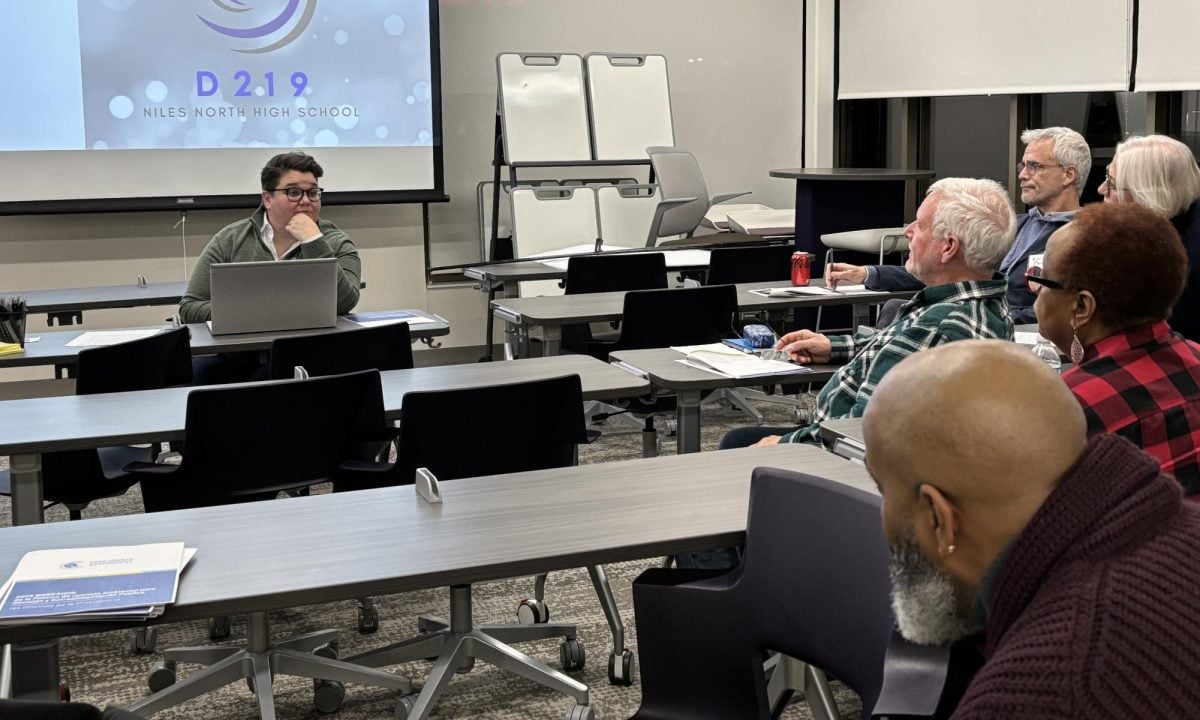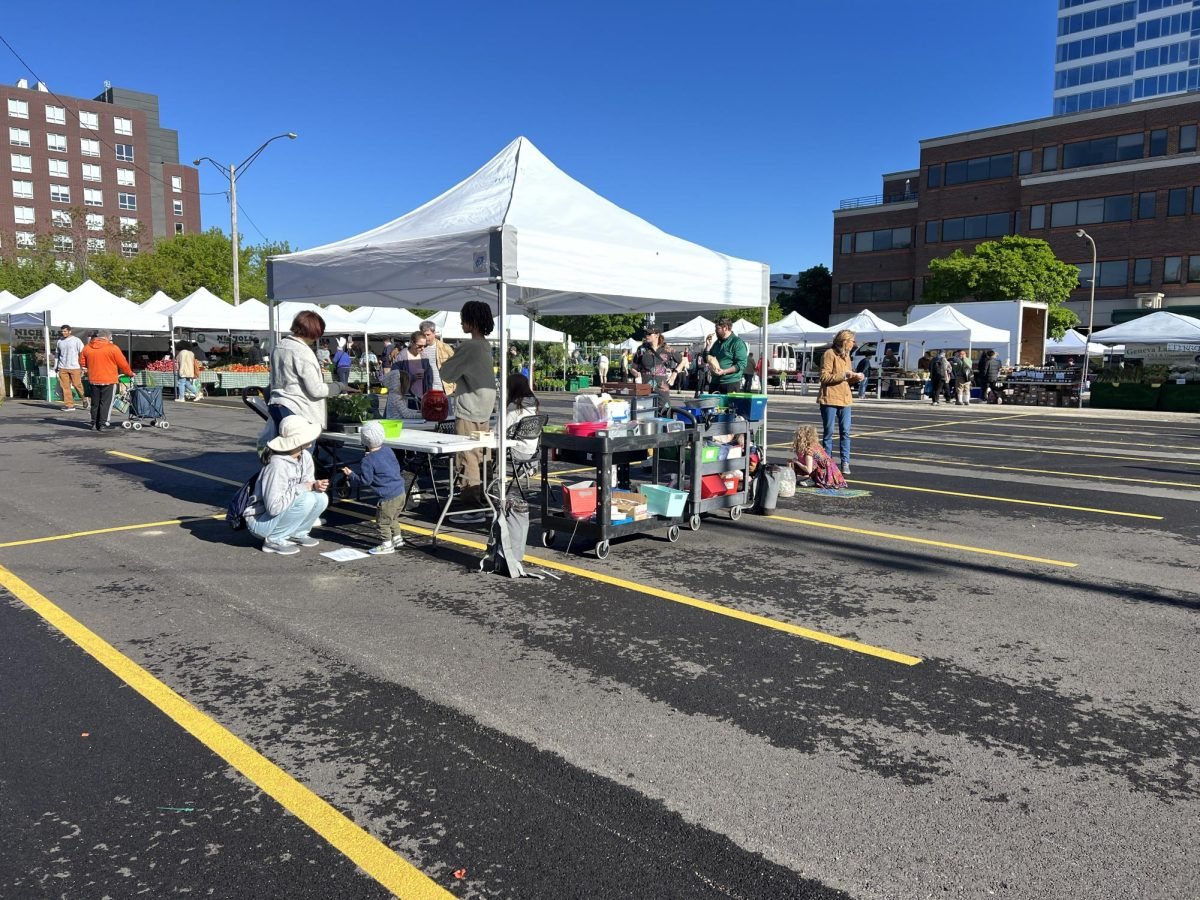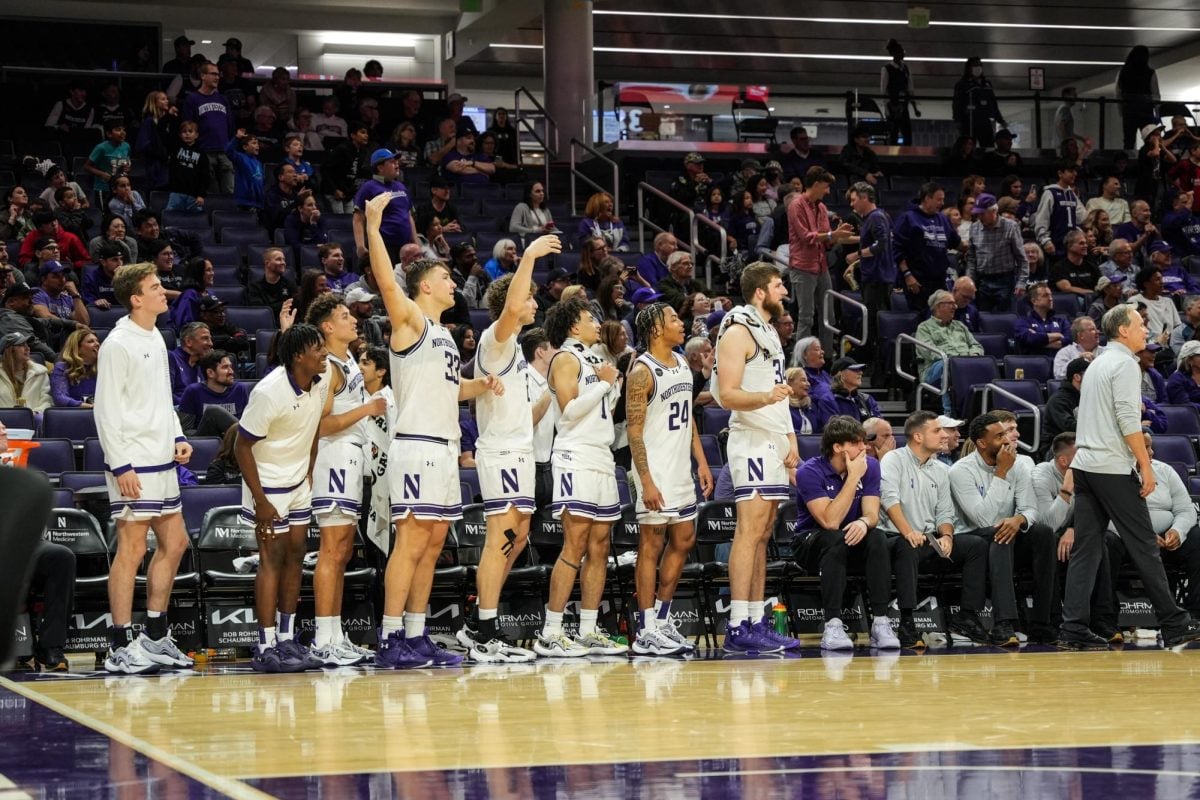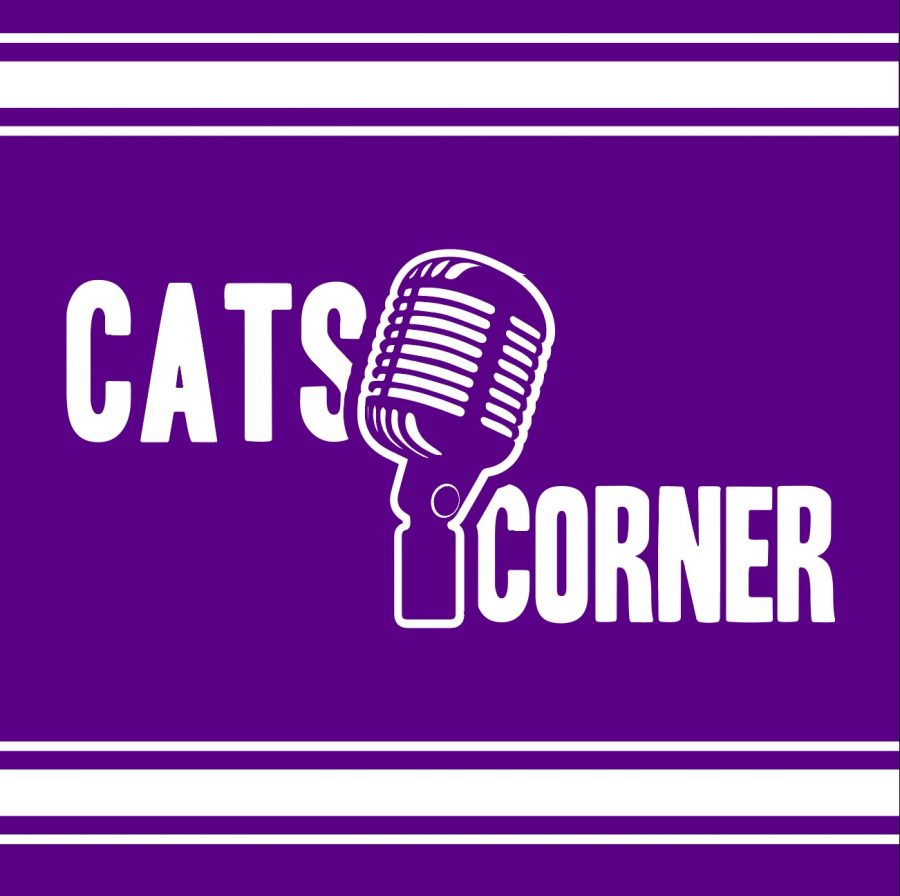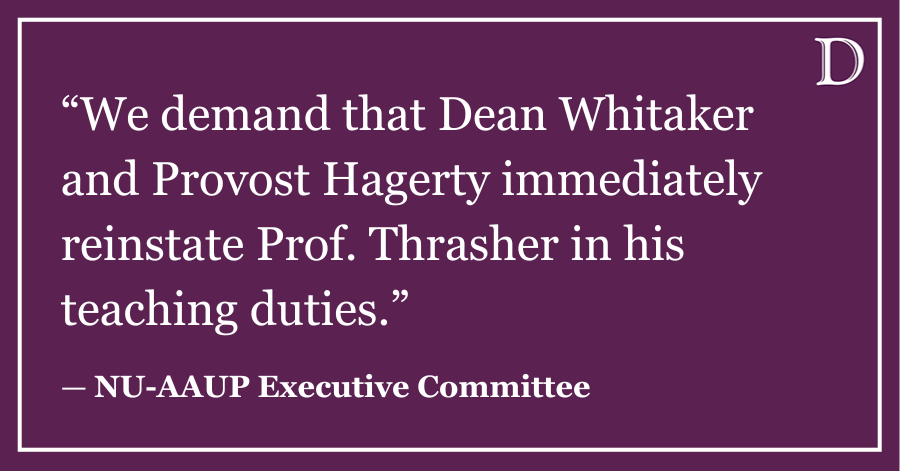Evanston might seem like a stereotypical college town — replete with bookstores, coffee shops, trendy restaurants and an abundance of apartments close to Northwestern. Looking closely, however, Evanston has two relatively unique assets: widespread access to consistent public transit and local amenities within walking distance.
That’s a result of transit-oriented development, which maximizes the amount of housing and commercial space adjacent to public transit stations. It’s gaining traction among city planners across the country as cities like San Francisco and Boston aim to meet climate goals.
“We need to decarbonize our transportation, and that means not only converting from gasoline to electric vehicles, but also doing whatever we can to get people out of vehicles and using more forms of active transportation,” Ald. Jonathan Nieuwsma (4th) said.
According to a 2017 study funded by the Regional Transportation Authority, TOD can lower the cost of living by making cars unnecessary, reduce greenhouse gas emissions, increase property values and revitalize downtown businesses, among other benefits.
The city has adopted several of the RTA’s recommendations, including lowering the minimum number of parking spaces per housing unit in TOD areas. Other RTA recommendations have not been adopted, such as requiring one parking space per unit for residential developments, regardless of unit size.
TOD adoption in Evanston has occurred slowly but consistently. Adoption began in 1989 with the Plan for Downtown, which aimed to promote walkability to amenities. In 1993, the city amended its zoning ordinance to allow mixed residential and business development and lowered parking space minimums in TOD areas.
While significant zoning amendments have not been passed since then, initiatives such as the 2007 Central Street Corridor Master Plan and 2014 Main Street Station Transit Oriented Development Plan and Study promoted walkability, transit accessibility and increased residential density.
Scott Bernstein, founder and former president of Center for Neighborhood Technology, a sustainable community firm, said two measures for successful transit-oriented development are local convenience — the ability to walk to necessary amenities — and regional accessibility — the ability to reach most destinations in the region via transit.
He said Evanston could do more to increase regional accessibility by improving transit in non-commuting hours and suburb-to-suburb. This is increasingly important post-pandemic with people working from home, he added.
To increase local convenience, Bernstein said the city should deprioritize parking spaces to allow for more pedestrian-friendly infrastructure.
“One of the biggest barriers to more TOD is too much land that needs to be allocated for parking,” he said. “So if you can reallocate land so that less gets made available for parking, there’s actually more room to have adequate sidewalks and intersections that are people-oriented, rather than designed to get cars through quickly.”
In 2017, Evanston’s TOD Parking Regulations Update recommended that the city reduce parking space requirements in TOD areas, citing an oversupply of parking spaces to meet demand. The current Code of Ordinances lists a lower parking space requirement in TOD areas for multi-family dwellings — a two-bedroom apartment requires 1.1 parking spaces in a TOD, compared to 1.5 outside a TOD.
“It’s worth trying to minimize the parking made available for people who are looking for locations where they don’t need to drive,” Bernstein said. “They do that because they’re looking for convenience and they need to save money.”
While Evanston households own an average of 1.36 vehicles, lower than the Cook County average, Bernstein said the city should require prepaid transit passes to be included with housing units, provide room for shared bikes and shared cars and educate people on how to use transit.
Envision Evanston 2045, an initiative to develop a new comprehensive plan and zoning code that address climate change, could be a catalyst for zoning changes that implement TOD, Planning and Zoning Manager Elizabeth Williams said.
“The City Council has asked that Envision Evanston 2045 consider how our zoning regulations can prioritize housing people over cars,” Williams said. “The policy would look at eliminating parking minimums across the city and be replaced with a market-driven approach.”
To avoid potential gentrifying effects of TOD, which can increase property values, Nieuwsma said the city’s Inclusionary Housing Ordinance will guarantee affordable units in new housing developments.
Bernstein said decreased transportation costs in TOD areas can also help lower the cost of living for low-income residents.
Studies conducted by transportation researchers suggest that, with some exceptions, residents of TOD areas emit less greenhouse gasses than residents of non-TOD areas.
Nieuwsma said the city is considering creating more TOD areas to help achieve its Climate Action and Resilience Plan, which calls for carbon neutrality by 2050.
“In compliance with our climate action direction and other initiatives, we do want to make Evanston more safe and welcoming for folks without cars,” Nieuwsma said. “That means moving forward, being mindful of the infrastructure that we put in place and not designing around cars, but designing around who we want to be in the 21st Century.”
Nieuwsma said City Council is considering further decreasing minimum parking space requirements, possibly to zero, as part of Envision Evanston.
“Too often, the question about what it’s going to take to get people to be less automobile dependent is stated in terms of individual characteristics: behavior, beliefs, willingness to try something different,” Bernstein said. “If you live in Evanston, along the Purple Line in particular, you have those means.”
Email: isaiahsteinberg2027@u.northwestern.edu
X: @IsaiahStei27
Related Stories:
— Funding to encourage transit use in Evanston
— Environmental professional talks sustainable transit-oriented development
— Q&A: Evanston’s new transit coordinator Sarah FioRito talks road, Metra upgrades
